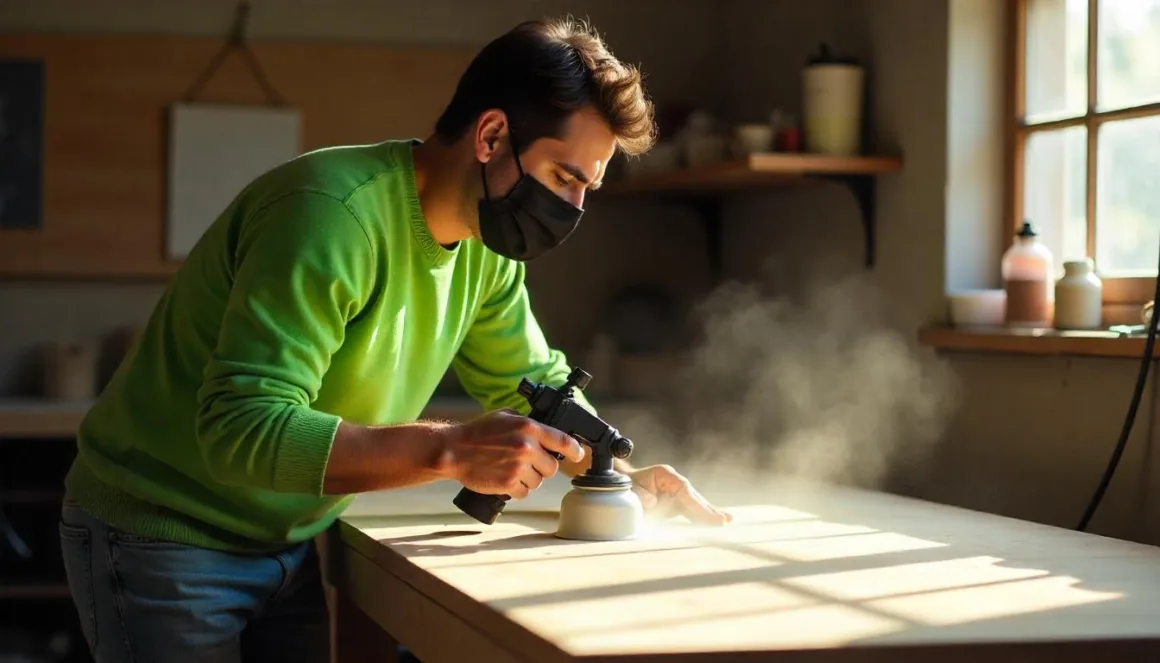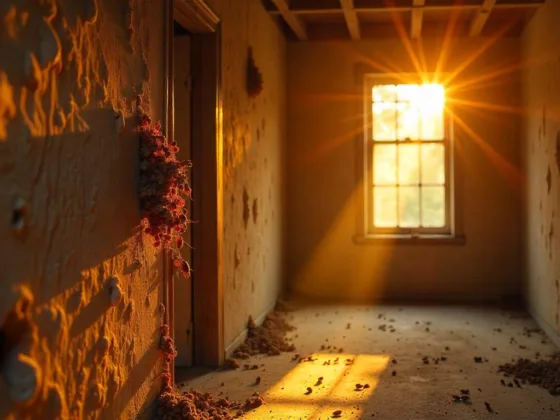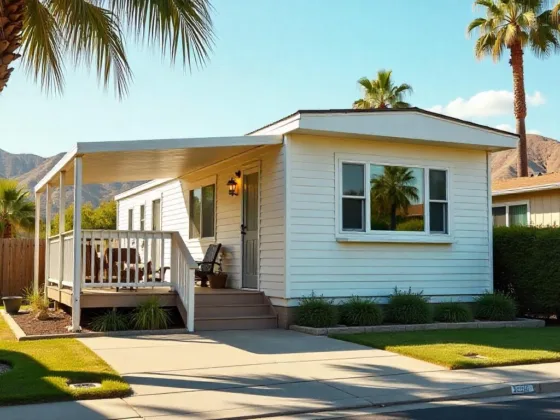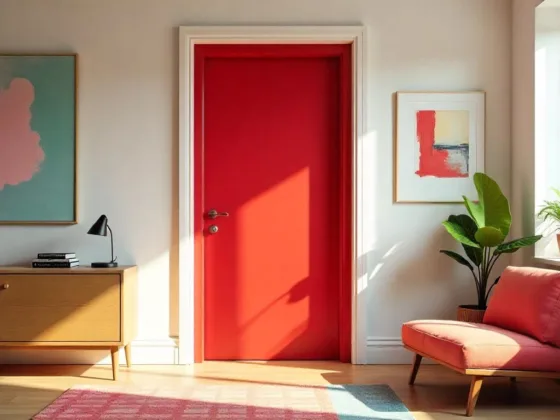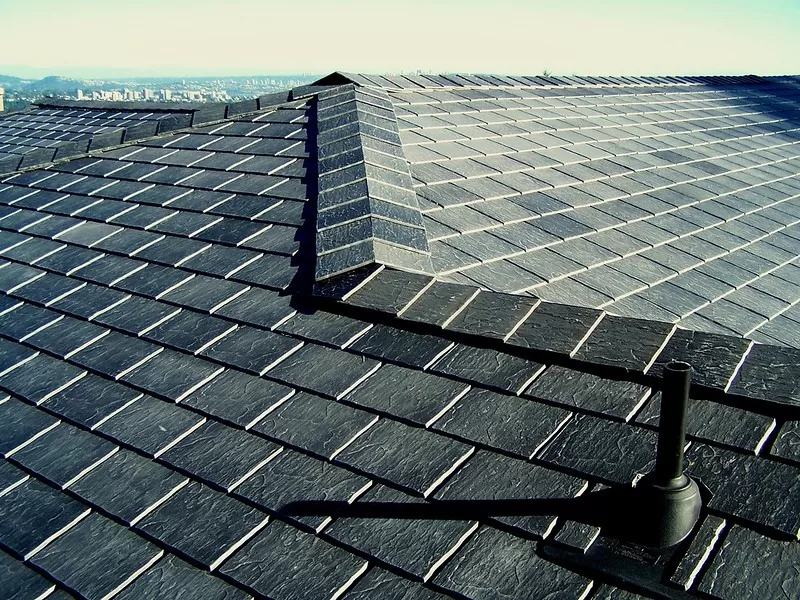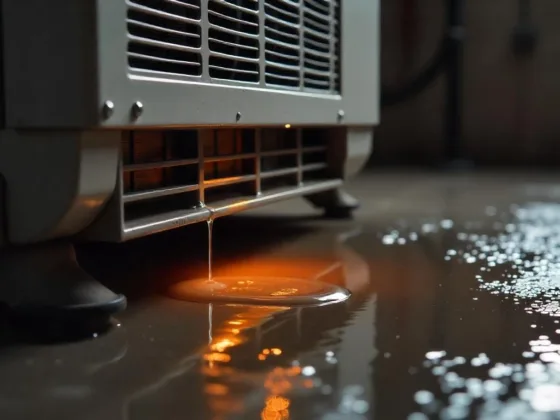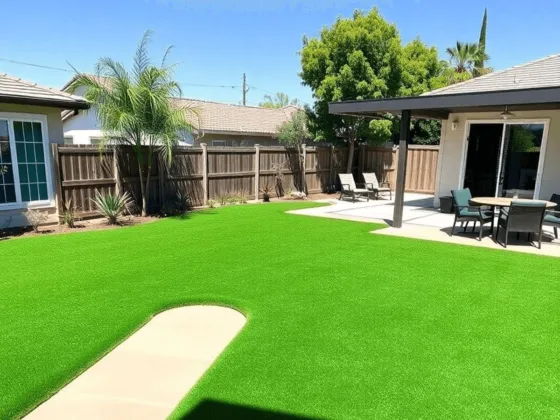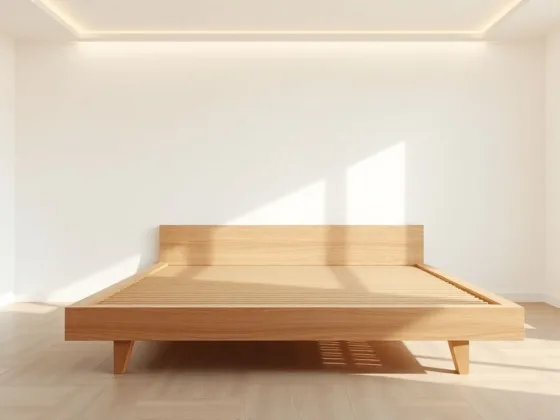The best option to paint your furniture while avoiding any view of brush strokes or uneven lines of paint is to spray it.
I understand; these sprayers seem daunting, but with just a little practice, you will master it.
If you want a quick and easy way to paint without getting anything smudged, spray paint is for you.
Finding the best paint sprayer for furniture for the enhancement of home decor-or perhaps the restoration of an old piece-is a daunting task.
However, first, you must learn how to paint furniture with a spray gun; spray painting has many advantages over a brush.
Ideal types of spray paint include:
- Minimal preparation and sanding required
- Dry easily within no time
- No need to worry about messy brush stroked showing through
That being said, some first-timers may couple of challenges mastering the use of this paint. In this article, you are going to learn how to restore old furniture using the paint sprayer.
Steps to Spray Painting Wood Furniture
1. Prep Your Furniture
No matter how you’re applying paint to furniture, I always recommend that you prep your furniture for proper painting.
Beginning furniture painters will paint a piece of furniture and find the paint peeling and flaking super fast. This is likely because they did not prepare the furniture.
Clean the Furniture
First of all, you need to clean your wooden furniture by using a soft sponge and mild soapy water to erase dirt, dust, and greasy stains on it.
Fill Cracks
Next, fill the cracks with wood putty. Once the wood filler dries completely, continue to the next step.
Smooth Excess Padding
Smooth out any excess padding. You can use sandpaper with a sanding block or an electric sander at your disposal. Lightly sand along the grain of the wood.
2. Prepare Your Paint Sprayer
The next step after prepping your furniture for painting will be prepping the spray gun. Preparing your spray gun may sound difficult at first, but fairly soon, with continued use, it will become second nature.
- Review Your Spray Gun’s Manual: Different spray gun models may require specific types. Check your manual and follow the instructions regarding the setup.
- Select the Correct Equipment: Always use the approved equipment recommended for furniture spraying so as to bring optimal efficiency.
- Get Your Paint Ready: Setting up your paint sprayer is just the same as priming your paint for that shoot and adding the paint into the container.
- Thinning Water-Based Paints: If it is a water-based paint, dilute it with up to 10 percent water. If you have difficulty getting the paint at the right quality for spraying, then follow the instructions printed on the paint can. To spray smoothly, proper thinning of paint is important.
If the paint is thick, it causes difficulties like the spray gun choking or a rough texture on the painted surface when the paint dries. You should avoid these by properly thinning your paint for the best results.
Related reading: How to Use A HVLP Spray Gun
3. Spray Your Furniture
First Coat: Thin Layers
- Spray the first coat of paint in thin layers.
- Let it dry completely for as long as the paint container recommends:
- about 1 hour for water-based paints
- up to 4 hours for oil-based paints
Second Coat: Thick Application
- Spray a thick coat of paint on the second coat for a long-lasting, flawless finish.
- Let dry and sand before applying the third coat if you consider it necessary.
Method of Spraying
- Maintain the same distance from your furniture while spraying to create an even, professional finish.
- So as not to stop or slow down at the nozzle, you should always keep your arms moving forward at a steady pace from one end of the cabinet to the other as you pull the trigger.
- If you pause or slow down while spraying, you will have too much paint built upon the nozzle and create a web form.
Cleaning the Nozzle
- Periodically, use a damp cloth to wipe away caked paint at the nozzle tip.
4. Complete Your Project
Common methods by which one can finish furniture include polyurethaning or applying a clear coat of wax over it.
- Applying Polyurethane: You may spray water-based polyurethanes, as polyacrylic, onto the furniture by using the above method of spraying to apply it.
- Applying wax: For an application of wax, one must use the application instructions of using a lint-free cloth to rub the wax onto the painted area. This is especially advisable in the case of chalk-painting.
5. Apply for Protection
Once you are through spraying paint onto your furniture, it is essential to do proper protection. Most commonly, protective methods for furniture surfaces include either wax or the application of some clear-coat type product, such as polyurethane.
End Reflector: End mirror reflection will be out of a full direction of light. The common methods of protecting furniture surfaces are either by wax or by application of some clear-coat type product such as polyurethane.
I’ll give you a brief overview of the process here, but for a complete guide, check out this article.
Dilution and Stirring
When I add Polycrylic to my spray gun container, I always dilute it with 10% water and no more.
- Adding too much water will only cause problems.
- Be sure to stir the water in the poly for at least a minute, otherwise, you’re defeating the purpose of thinning because the water will just sit on top.
Testing and Spraying
After thinning, test sprays again to ensure proper consistency and efficient spraying.
The most important tip is to make sure you spray super light coats because Polycrylic and other finishes drip and smear very easily.
Conclusion
I hope this guide has helped you understand how to paint furniture with a spray gun, so you can give it a try.
I want this guide to be simple and include products you can buy to start spraying furniture yourself.
Prepare your furniture, paint and spray gun, spray, and then apply a protective sealant; that’s all there is to upcycling old or fresh wood furniture.
Using a spray gun to paint furniture is easier than it sounds. Try it on some free or cheap old flippers to get the hang of it. Good luck spraying your furniture!
FAQs
A: It’s recommended to use acrylic or latex paint designed for furniture. Look for products with good adhesion and durability that are compatible with your sprayer. Always follow the manufacturer’s recommendations for optimal results.
A: Start by thoroughly cleaning the surface to remove dust or grease. Lightly sand the furniture for a smooth surface and better paint adhesion. For glossy finishes, consider using a primer to ensure proper paint adhesion.
A: Work in a well-ventilated area to avoid inhaling fumes. Wear a mask, safety goggles, and gloves to protect against paint particles. Use drop cloths to shield surrounding areas from overspray.
A: Maintain an even finish by holding the sprayer 6-12 inches away from the surface, moving at a consistent speed. Overlap strokes slightly and apply multiple thin coats for a smoother, more professional appearance.
A: Yes, you can use a paint sprayer for outdoor furniture. Ensure you choose outdoor-rated paint that can withstand different weather conditions. Properly prepare the surface and consider applying a clear sealer post-painting for added protection against the elements.
